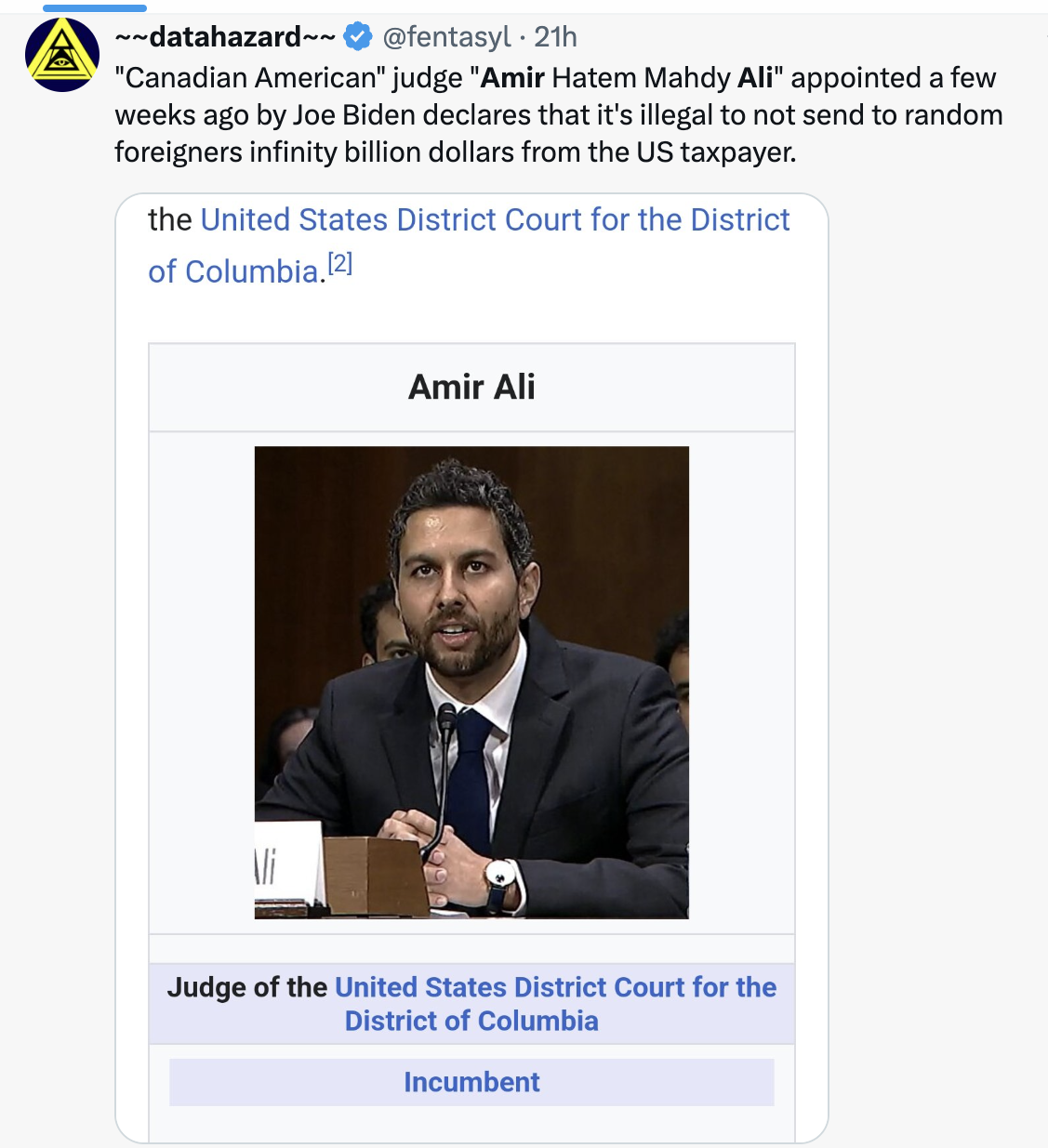
LNG carrier "Gaslog Saratoga" (built 2014) at Melkøya terminal near Hammerfest, Norway
Prices for liquified natural gas (LNG) in both Asia and Europe continue their downward trajectory due to several factors. First, both regions this year have seen more moderate summer temperatures which decreases power demand resulting in less gas needed to power electric utilities.
Second, and more importantly, there is a sustained and entrenched global LNG supply glut that continues to put downward pressure on spot prices for the fuel. With more supply entering the market, particularly from Australia and the U.S., prices for the commodity in Asia, which represents around two-thirds of global LNG demand, recently dipped to multi-year lows of less than $4 per million British thermal units (MMBtu).
In June 2018, spot LNG prices in Asia topped the $10/MMBtu price point.
In February 2014, spot prices for LNG in Asia breached the $20/MMBtu mark (a record) amid ramped up procurement of the fuel by Japan after the shutdown of nearly all of its nuclear reactors in the aftermath of the 2011 Fukushima nuclear disaster. Japan relies on a mix of nuclear power, LNG and coal to fuel its electric utilities.
LNG demand in North Asia, which includes the world’s top three LNG importers - Japan, China and South Korea - has been particularly tepid due to more moderate temperatures, but also since these top importers have all reported ample gas inventory levels.
Lower prices for spot LNG, particularly in Asia, will continue to change market fundamentals for the fuel well into the next decade. Major LNG buyers, particularly Japan, have already started talks to renegotiate long-term off-take contracts with producers. However, many LNG producers will be unwilling to lower prices enough to satisfy buyers which could lead to contractual parties being forced into arbitration. Arbitration, however, is time consuming and costly, and should be seen as a last resort.
The problem going forward for LNG markets is mostly one that producers will have to seek solutions to. With an unprecedented LNG supply overhang that will likely last into the mid part of the next decade, producers will have to find new ways to remain profitable, while the idea of funding new massive capex intensive LNG projects will fall to the wayside.
Producers will also have to become more inventive down the energy value chain by investing more in downstream development, which historically is not as profitable as LNG production, also by investing in gas-fired power facilities (helping to stoke demand) and diversifying into small and mid-scale LNG projects, particularly in Southeast Asia. For example, building LNG receiving terminals and then exporting the fuel to remote islands in both Indonesia and the Philippines, major archipelagos, could provide one solution to help create demand for the fuel. Yet, more inventive ways will also be neeed.
Legacy LNG buyers - Japan, China, South Korea and Taiwan - will continue to benefit from the ongoing LNG supply glut, while producers, especially the world’s top three - Australia, Qatar and the U.S. - will have to face the reality of less profitable LNG operations.
Not only have spot LNG prices hit multi-year lows, but natural gas prices in the U.S. are also trending downward amid surging shale production. The September New York Mercantile Exchange (NYMEX) contract dropped 12 cents from August 2-7 to reach $2.083, while October dropped 11 cents to $2.099. Gas futures have traded near multiyear lows since May because record production and mild spring weather allowed utilities to inject huge amounts of gas into storage.
European gas prices have also plunged and have yet to find a floor as low summer demand will increase gas storage tanks close to full amid soaring global supply.
Moreover, companies that rely on LNG as a major part of their revenue stream have also suffered due to the ongoing supply glut. The best example came two weeks ago when the world’s top corporate LNG player, Royal Dutch Shell, saw second quarter profits plunge by 26%.
The Anglo-Dutch oil and gas major said two weeks ago its earnings in the three months to June 30 declined to $3.5 billion on a current cost of supply basis. This is down from $4.7 billion reported in the same period a year ago and far below analysts’ consensus estimates of $4.9 billion.
Shell’s integrated gas division performed the worst, with earnings slumping 25%. But profits across its businesses fell, including exploration and production, refining and chemicals.


























